The best places to see the Northern Lights for a magical, bucket-list trip
Researching the best places to see the Northern Lights means you're much more likely to catch a glimpse of this elusive natural wonder
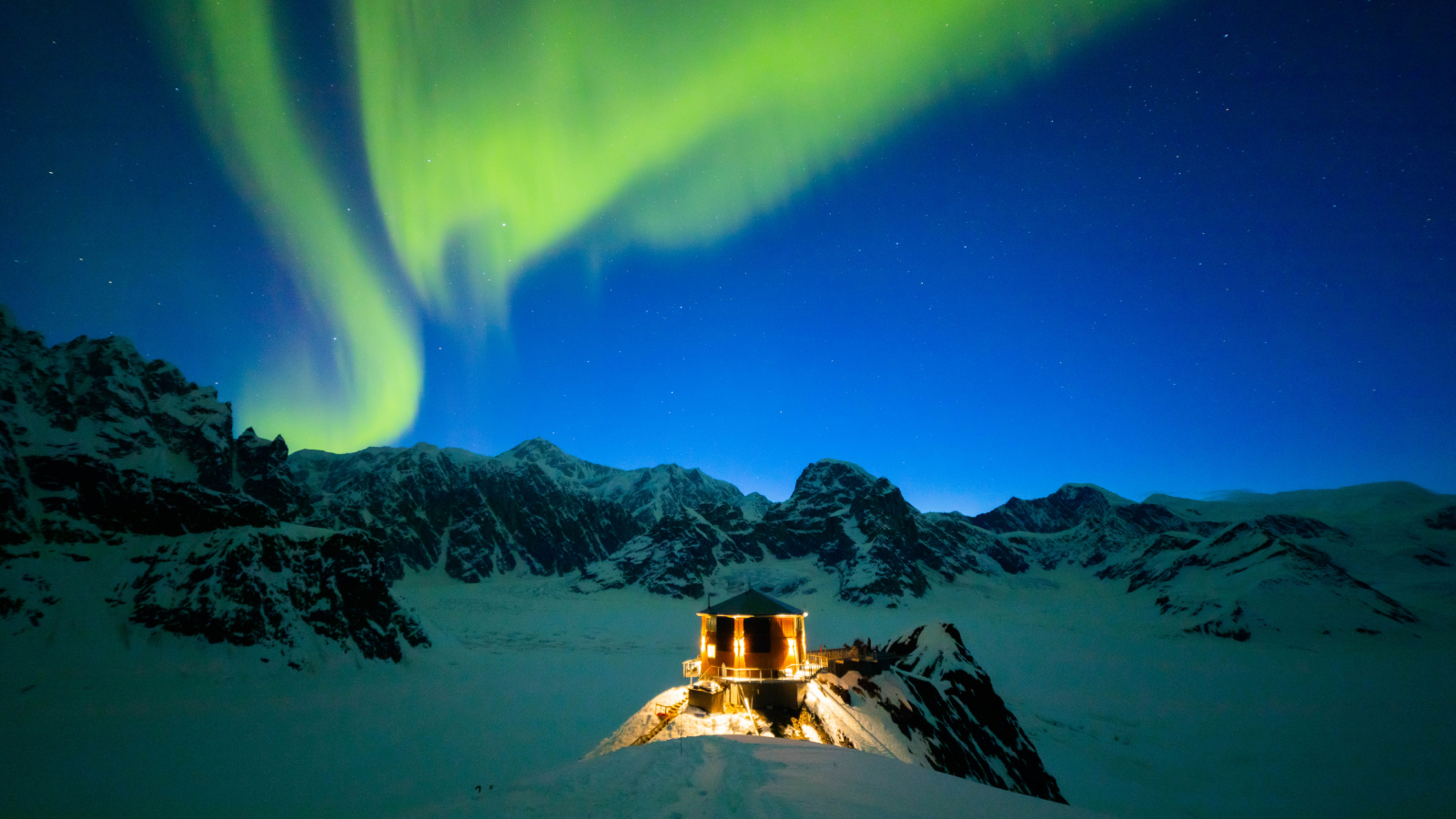

Finding the best places the see the Northern Lights means you'll be in for an unforgettable adventure. One of the seven wonders of the world, nature's most spectacular show sees colorful lights dance across the night sky. But the Northern Lights are elusive, and catching a glimpse of them can take a little bit of planning, and a lot of good luck.
The ultimate bucket-list experience, the Northern Lights (also known as Aurora Borealis) are named after Aurora, the Roman goddess of dawn, and Boreas, the Greek god of the north wind, and have a relatively ordinary scientific explanation behind them (electrically-charged particles from space entering the Earth's upper atmosphere at a high speed, in case you were wondering). But to experience them for yourself is the closest thing to magic on earth.
The best places to see the Northern lights are those destinations closest to the Aurora Oval; areas with the strongest geomagnetic activity that produce the brightest and most frequent displays. The Nordic countries of Iceland, Norway, Sweden and Finland, which lie within or near the Arctic Circle (and are also some of the best places to visit in Europe) are common choices, but you can also experience the Aurora in Scotland and Canada during an awe-inspiring winter holiday. An adventure to see the Lights means staying up late, as they usually occur between 10pm and 2am. You'll need a clear, cloudless night and typically be at a high altitude.
But what's it actually to see this celestial wonder? For travel writer and geographer Robin Evans, Iceland delivered its promise of a spectacular light show. "I caught the aurora totally unexpectedly outside Vik, Iceland, in November," he explains. "Trying to find the signpost for a guesthouse in the wilderness, the clouds unexpectedly cleared in darkness. The feeling was like giant green curtains, delicately hanging from the sky, shimmering slowly from left to right. We got out of the car and stood in sub-zero temperatures for fifteen minutes. Nothing else mattered at that moment. And, perhaps the biggest surprise, is that something so dramatic is completely silent."
From a festive adventure in Swedish Lapland to the breathtaking Scottish Highlands and the spectacular fjords of Norway, these are the best places to see the Northern Lights across the world.
Best places to see the Northern Lights
1. Iceland
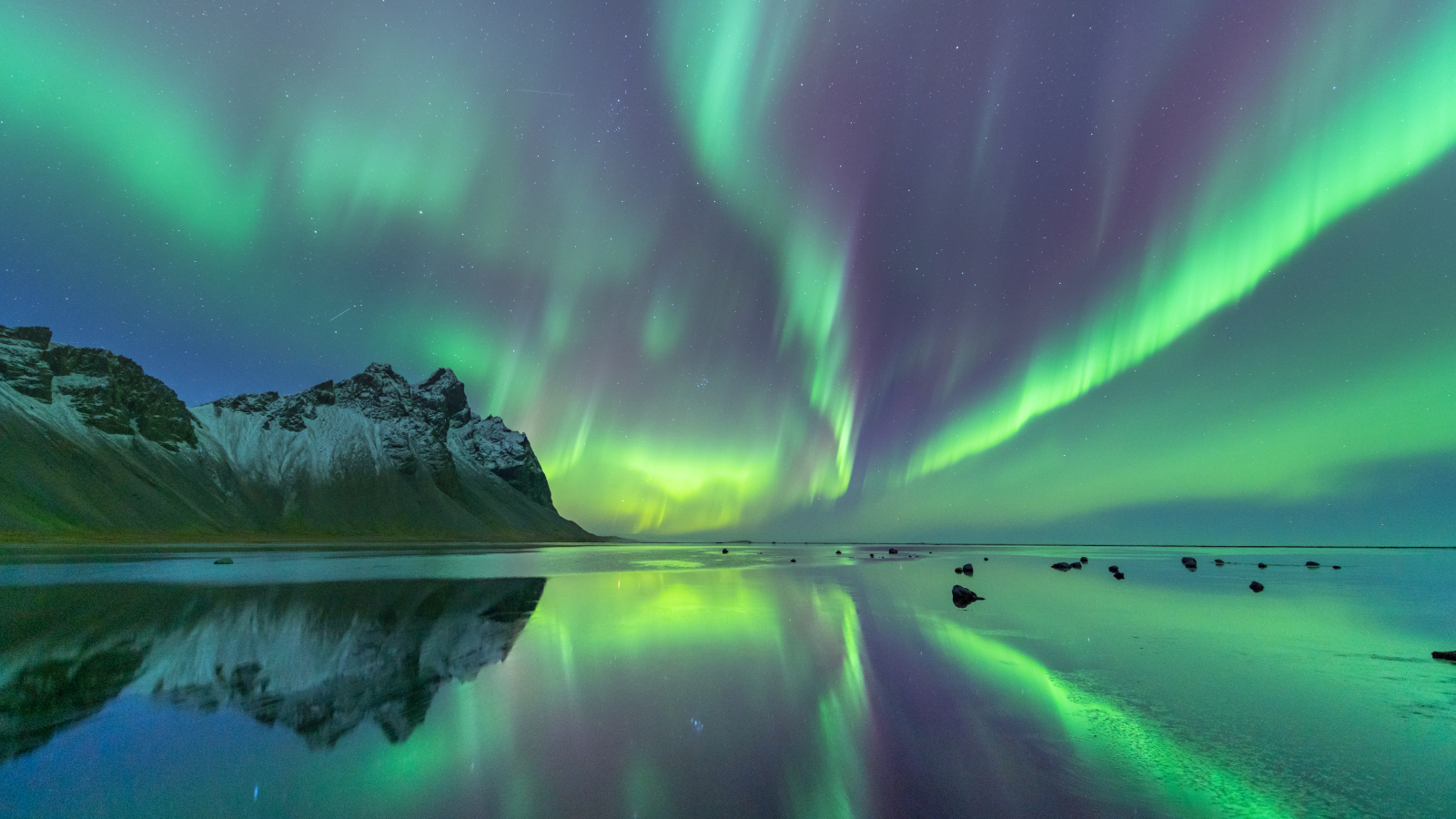
Enigmatic Iceland, with its cold climate, long hours of darkness, and vast stretches of land that remain relatively unspoiled by light pollution, is arguably the most famous place for watching the Northern Lights. While the crowds head to Iceland's capital Reykjavik, which is also one the best city breaks in Europe, as a base, heading out to less-populated areas on night tours, if you want to up your chances of getting a glimpse of the Aurora, moving away from the city is your best bet.
There are plenty of Lights-watching excursions that depart from Reykjavik nightly. They'll whisk you into rural Iceland, where the night sky is open and clear, so wrap up warm and await your evening's entertainment. If you want to base yourself further from the city, North Iceland and Westfjords have longer hours of darkness, so are popular spots for Aurora adventures.
Sign up for the woman&home newsletter
Sign up to our free daily email for the latest royal and entertainment news, interesting opinion, expert advice on styling and beauty trends, and no-nonsense guides to the health and wellness questions you want answered.
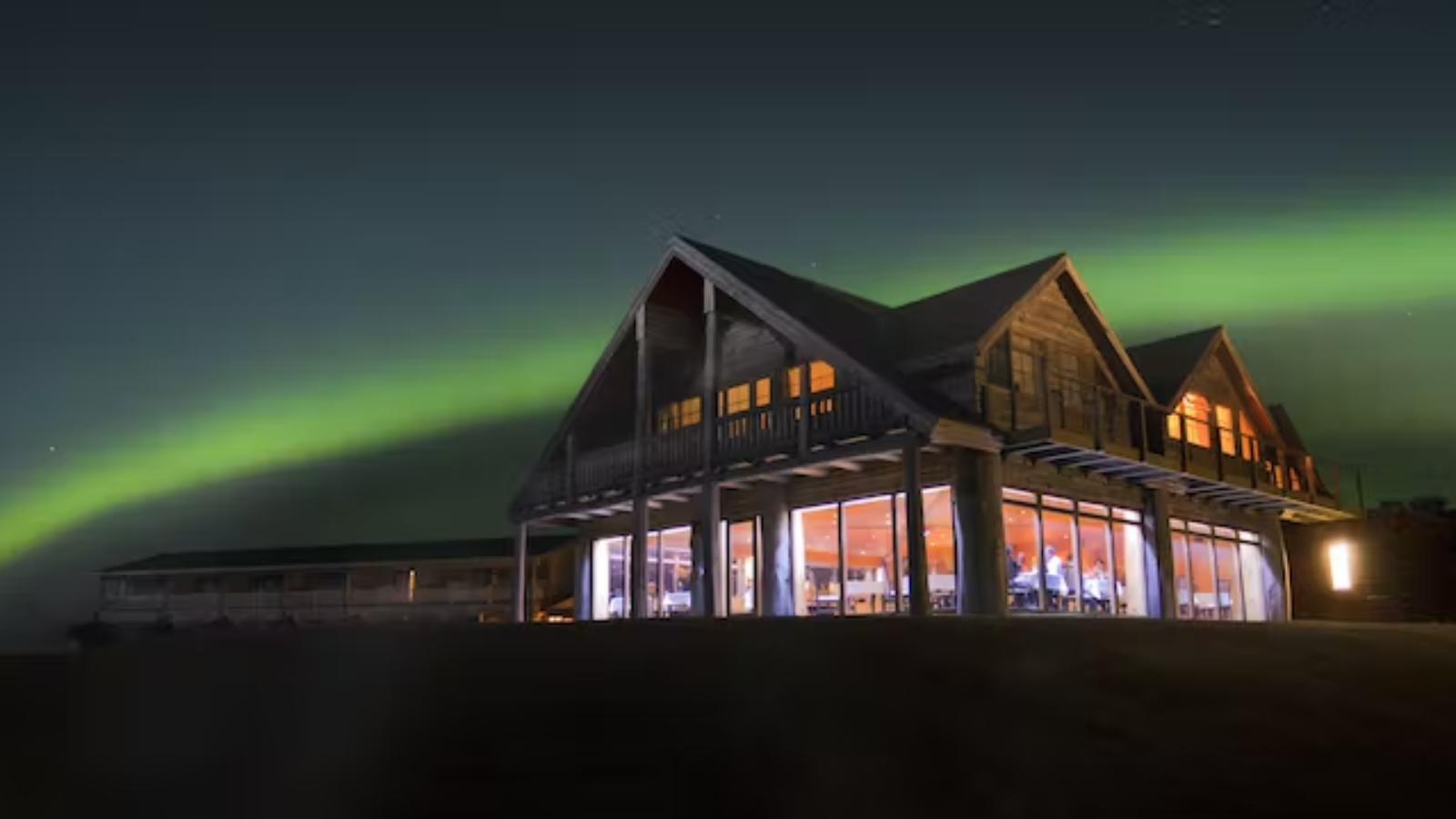
Iceland is set up brilliantly for sightings, with an abundance of tours led by insightful guides full of local knowledge and hotels that offer packages, as well as some truly remarkable spots to try and catch a glimpse of the elusive natural wonder. Take, for example, Hotel Ranga, with its warm pools filled with mineral-rich volcanic water where guests can look out to Iceland's skyline with a glass of bubbly in hand, or the Ion Hotel's Northern Lights Bar, which features wraparound windows and soft lighting to enjoy the aurora borealis in the coziest of settings.
Northern Lights tours are popular in Iceland and provide their own local knowledge that will make the experience all the more magical. Join Icelandian Villi of ToursByLocals on the Northern Lights Hunt, who tells travelers the tales of his own fascination with seeking the Aurora Borealis and his grandfather's tales of trolls, elves, and the hidden people who live in Iceland's mysterious rock formations. Once the group has found its spot for a potential sighting, Villi will pass around warming hot chocolate, with a dash of something stronger for a truly unforgettable nightcap under the stars. The Northern Lights Hunt lasts four hours and costs $550/£495 per tour (for up to six people).
While nights in Iceland will often be spent keeping warm in front of the fire and watching the sky with wonder, the daylight hours also offer plenty of opportunities for exciting excursions. There are whale-watching tours, glacier jeep tours, and hikes that promise breathtaking mountain vistas, waterfalls, and the geysers - a rare kind of hot spring that erupts under pressure - of the Golden Circle. You might also want to try exhilarating dog sledding or freshwater fishing - two activities that are popular in Iceland.
Best time of year to visit Iceland to see the Northern Lights: Peak season in Iceland for viewing the Northern Lights is from September until March when the nights are the longest and the sky is clear.
Top tip: Always check the forecast - at some times of the year, Iceland is known to have various seasons in one day and if it's overcast, your chances of seeing the lights are somewhat diminished.
2. Scotland
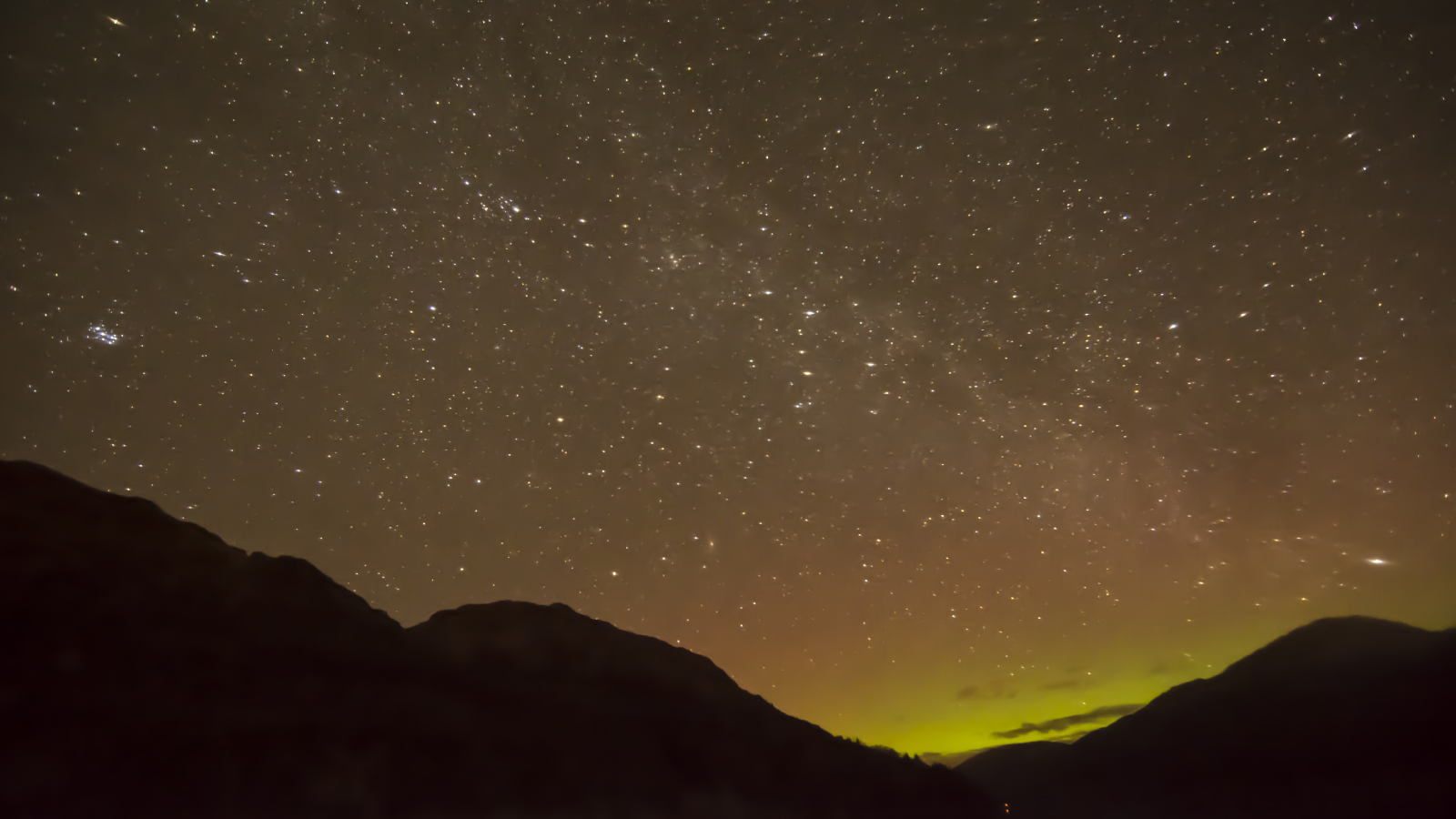
While Northern Lights sightings outside the Arctic Circle are less common, that's not to say there's not a good chance you'll experience them in Scotland. Northern Scotland sits on a similar latitude to parts of Norway and when the nights are long and the sky is clear, there's potential for a visit from the dancing lights, known in the area as 'The Mirrie Dancers'. Pay a visit to the Scottish islands of Shetland, Orkney, Harris, and Lewis and you'll up your chances further.
Scotland is home to two national parks; the Cairngorms National Park, and Loch Lomond and the Trossachs National Park. These vast open spaces make for ideal settings to see the Northern Lights with little light pollution to contend with. A quest to see the Northern Lights invites the opportunity for an unforgettable Scottish road trip, with plenty of options for Aurora spotting along the way. The North Coast 500 starts and ends at Inverness Castle, circling around the northern Highlands where you're more likely to experience the lights due to the remote landscape and higher altitude.
Like its Scandinavian cousins, there is a wealth of atmospheric accommodation options to consider in Scotland. Book a Scottish lodge with a hot tub in a remote part of Scotland and we guarantee the experience will be almost otherworldly. Alternatively, the Sumburgh Head, a Shetland lighthouse lovingly restored into a cozy self-catering guesthouse, makes for a dramatic stay on the edge of the island. A trip like this aligns perfectly with cozy cabins and log fires. Glen Dye Cabins and Cottages offer the chance to connect with the surrounding nature with outdoor baths, showers and hot tubs, roaring firepits, and twinkling lights that surround its impeccably furnished huts and cabins.
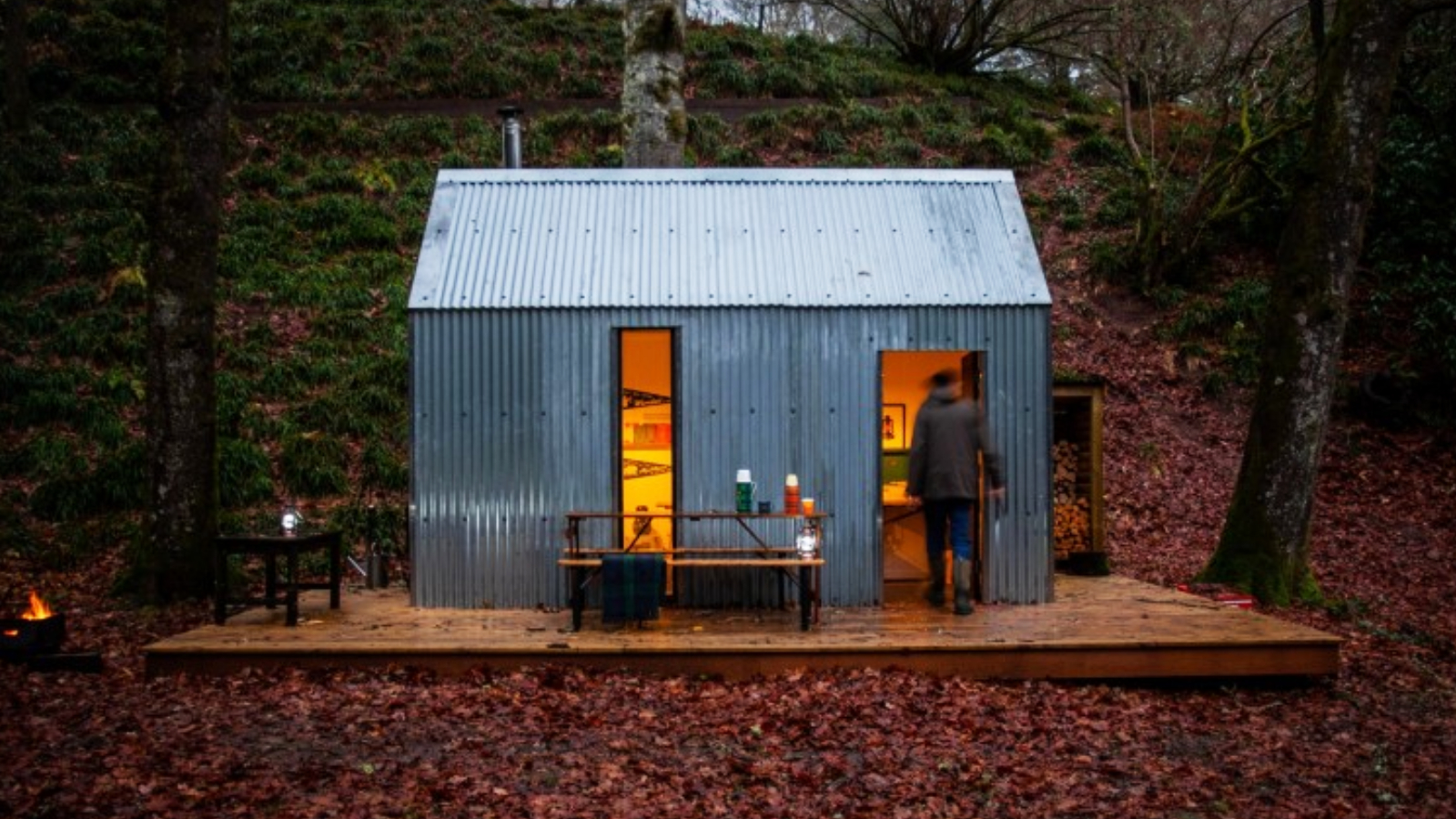
For an alternative way to see the Lights, Aurora Flights offers Northern Lights flights with entertainment that goes far beyond the typical inflight dinner-and-a-movie. These one-night flights take you high above northern Scotland for uninterrupted views, with commentary by expert astronomers on board.
Best time of year to visit Scotland to see the Northern Lights: Like Iceland, the best time to see the Lights in Scotland is between October and March when the nights are longer.
Top tip: Sign up for AuroraWatch UK, which gives travelers alerts about viewing conditions so you can plan when you might catch a sighting.
3. Norway
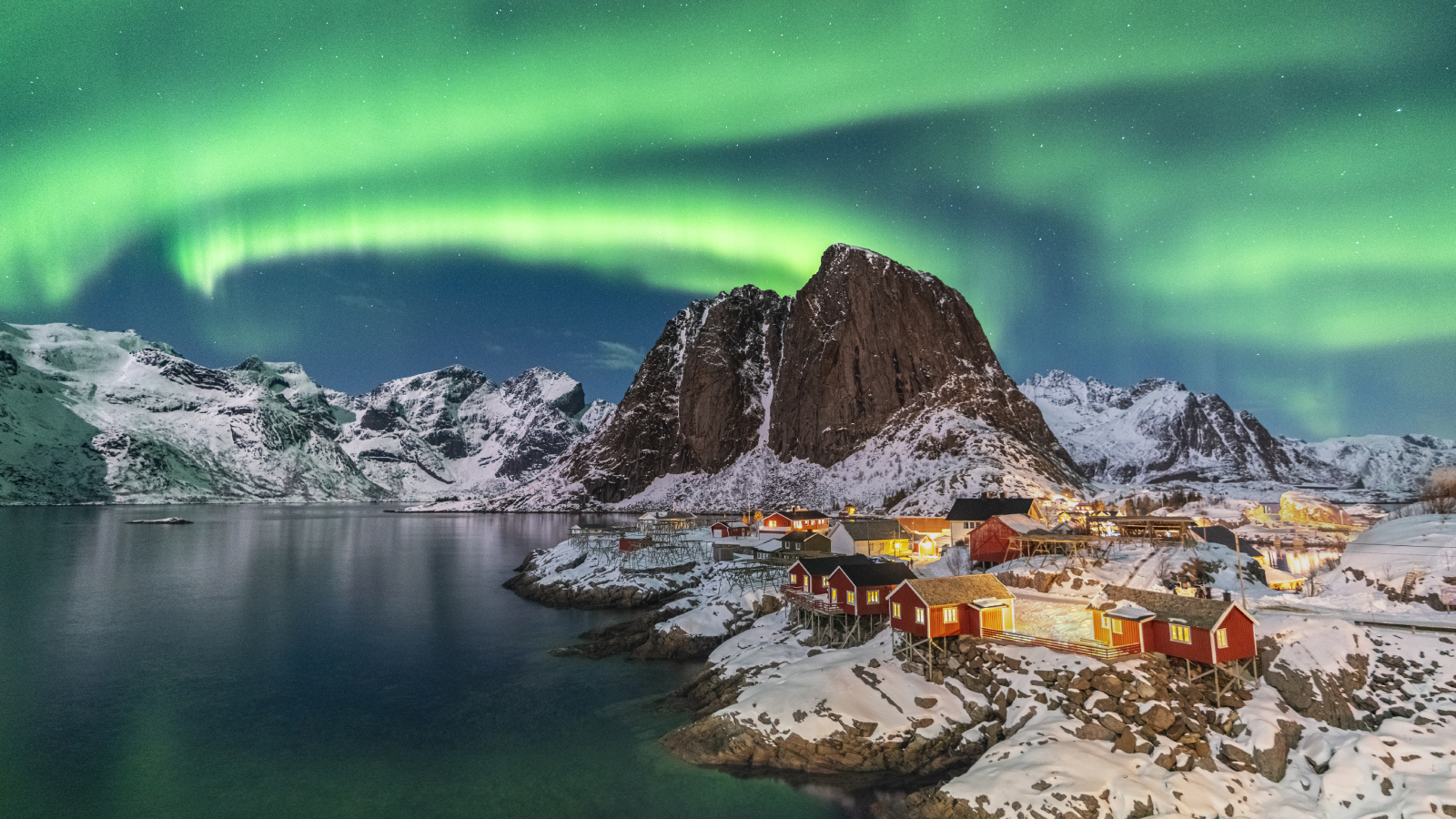
Norway, which made it onto our list of the best places to visit in 2022, is another destination within the Article Circle that has long nights in the winter. With deep, dark forests, majestic mountains, and vast open lands, Norway's landscape makes for the perfect setting should the cosmic light show occur. The region also boasts over 1,000 spectacular fjords - long, deep, narrow bodies of water that reach far inland - and to see the Northern Lights dancing above such natural beauty is truly mesmerizing.
Svalbard, a Norwegian archipelago between mainland Norway and the North Pole, is the world’s northernmost year-round settlement and Norway's great wilderness. Travelers who station themselves here will have a better chance of seeing the Northern Lights. Be warned though, wild animals - and in particular, polar bears - roam freely in this part of Norway, so it's essential that you visit with a guide or on an organized tour to stay safe. Many travelers decide on the northern Norwegian capital of Tromsø - dubbed the City of Northern Lights - as a happy medium. There's easy access to areas surrounding areas with prime viewing spots, yet there's a bustling town to explore during the rest of the trip.
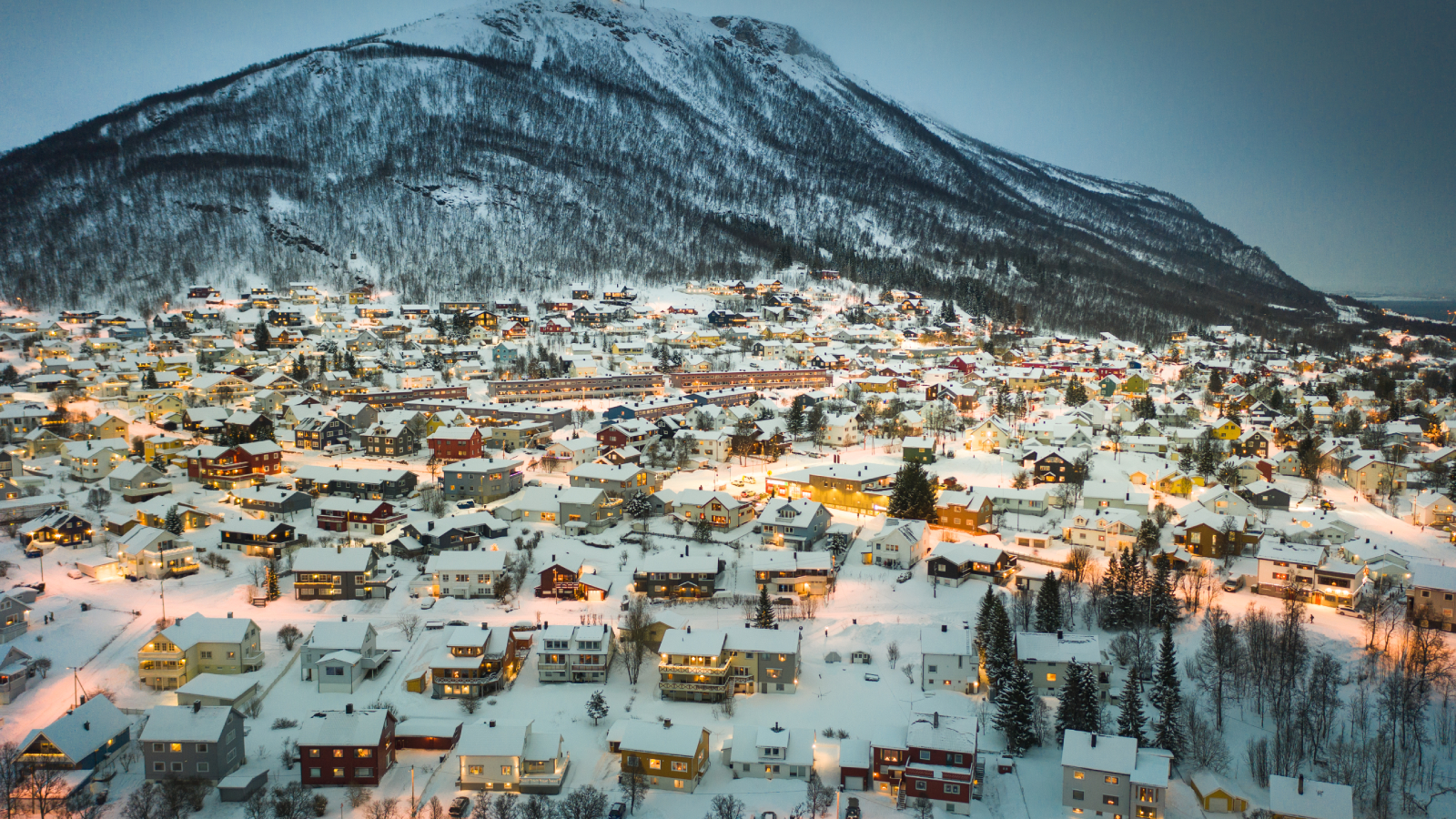
As one of the most popular places in Scandinavia to see the lights, there are plenty of choices when it comes to Northern Lights tours in Norway. ToursByLocals' Northern Lights Private Adventure offers an insight into why humans have always been fascinated, and in some cases frightened, by the Aurora and the chance to learn about the unsolved mysteries of our universe, informed by modern research by some of Norway's world-renowned scientists. Led by Susanne, a Tromsø resident, the tour will head in the direction of wherever the sky is clearest, often to the outer islands or inland of the Troms area with its mountains and fjords, both options a few hours' drive away from the town center. The Northern Lights Private Adventure costs $1,868/£1,670 per tour (for up to 10 people) and lasts for five hours.
Best time of year to visit Norway to see the Northern Lights: The dark nights of winter offer the best opportunity to see the Lights, with the peak season between November and February, making it one of the best places to visit in January if you want to swap the New Year blues for an Aurora-spotting adventure. But a visit any time between September and March should provide plenty of opportunity for the experience, particularly when there are clear skies.
Top tip: While you're in Norway, take a visit to Svart, the world's first energy-positive hotel that stands in the shallows of a fjord and feels completely off-grid - one of the world's most beautiful hotels. Its place in the Article Circle makes it a prime location for spotting the Aurora.
4. Sweden
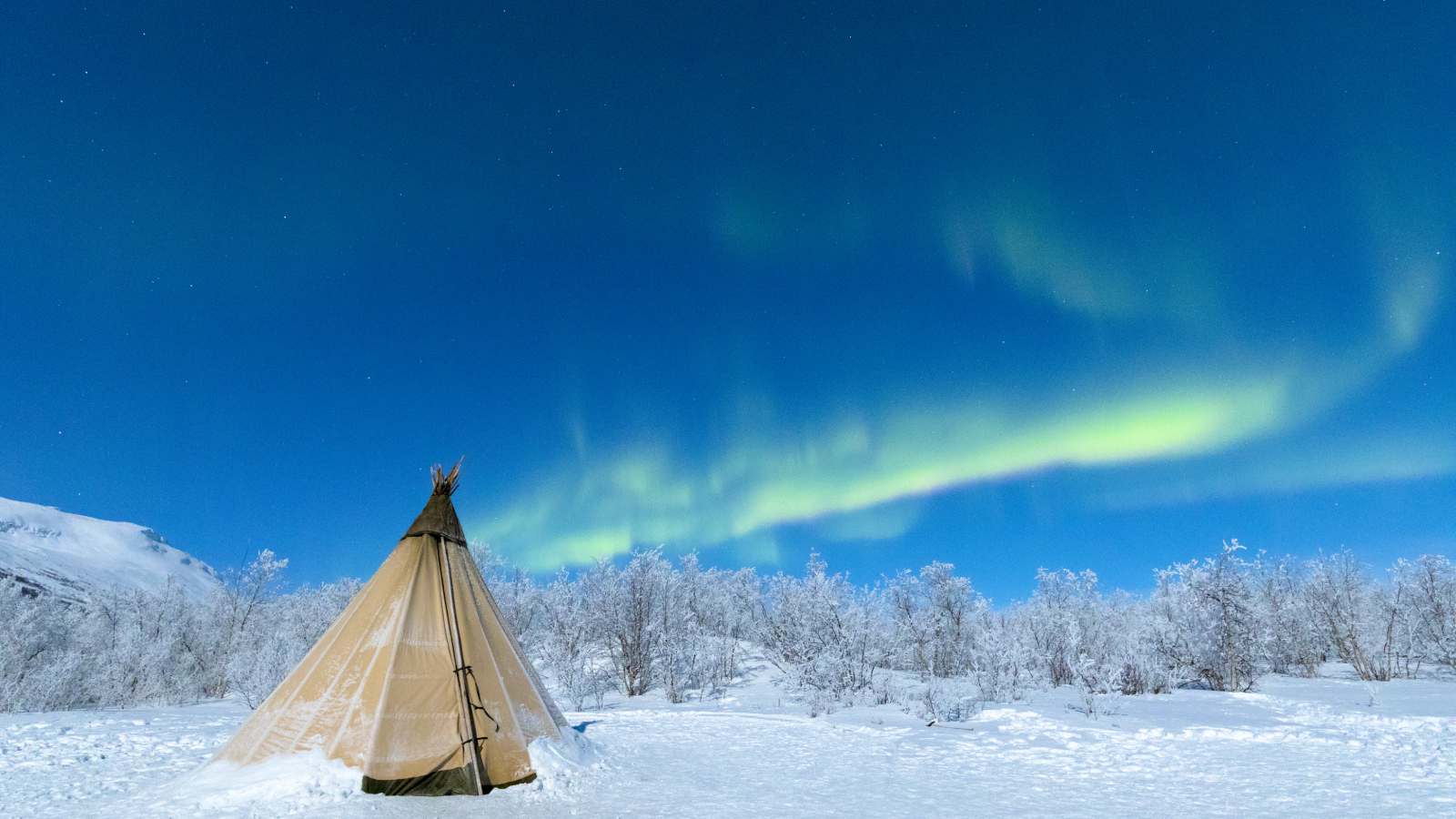
Sweden's dramatic landscape makes the ideal base for experiencing the Northern Lights, boasting thousands of coastal islands, inland lakes, dense forests, and glaciated mountains that will look spectacular under the dancing Lights - and i's less crowded than some of the more famous Northern Lights destinations like Iceland and Norway.
The most famous location for observing the natural phenomenon is the designated Aurora Sky Station in the vast Abisko National Park, but it's not the only place in Sweden worth considering for an Aurora-hunting adventure. Kiruna is the country’s northernmost city, making it an ideal base to explore more rural areas of Sweden, while the nearby village of Jukkasjärvi is more remote - and also houses the country's most iconic accommodation option, the Ice Hotel.
While in Sweden, a visit to the Ice Hotel is a once-in-a-lifetime experience and one of the prime spots for viewing the Northern Lights. Every year, artists from around the world are invited to Sweden to design a new hotel made entirely from ice. The blocks are chiseled into Ice Hotel's incredible rooms and suites, with vast ice sculptures and stunning lighting effects. It's like staying inside your very own intricate igloo. Wrap up warm and hunker down, or alternatively try out one of the many excursions on offer at the Ice Hotel. From snowmobile safaris to photography tours that will help travelers to capture the Lights in all their glory on camera, there's no shortage of excursions on offer.
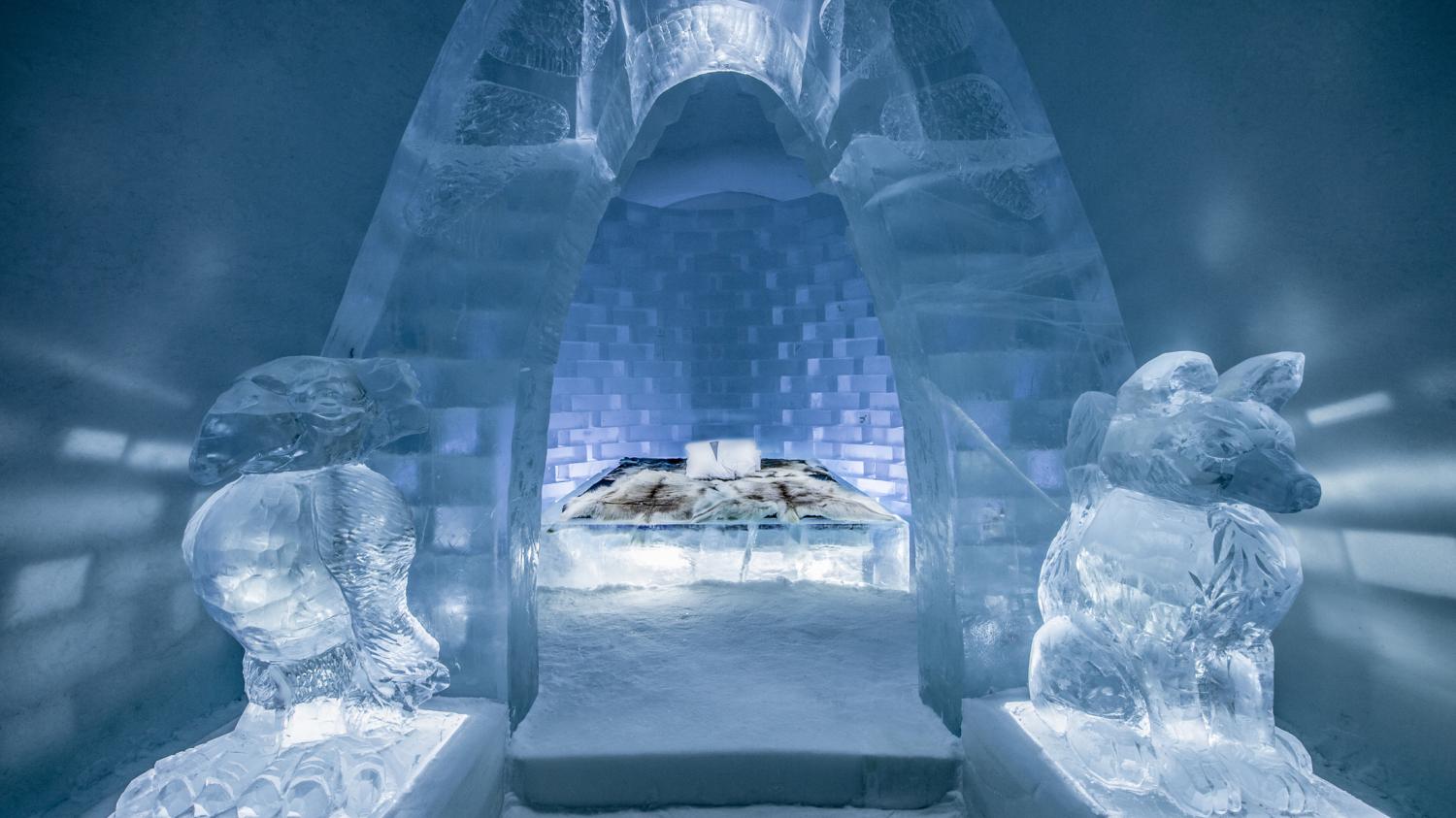
A trip to Sweden is synonymous with the festive season - it's undoubtedly one of the best places to visit in December for a magical trip. WeRoad offers a Swedish Lapland Tour that incorporates a visit to try a catch a glimpse of the Northern Lights. Beginning in the capital Stockholm, travelers will be whisked away on an overnight train with breathtaking views across rural Sweden, before arriving a Kiruna, the northernmost town in the country that lies at the heart of Lapland. This part of Sweden has almost 24 hours of darkness, making the chances of seeing the Aurora all the more possible.
Best time of year to visit Sweden to see the Northern Lights: Between September and March is the best place to see the Lights in Sweden, though there have been sightings as early as August.
Top tip: Fika - which means gathering to eat, drink and talk, most likely with a coffee and cinnamon bun - is a popular custom in Sweden and works perfectly alongside Lights spotting.
5. Finland
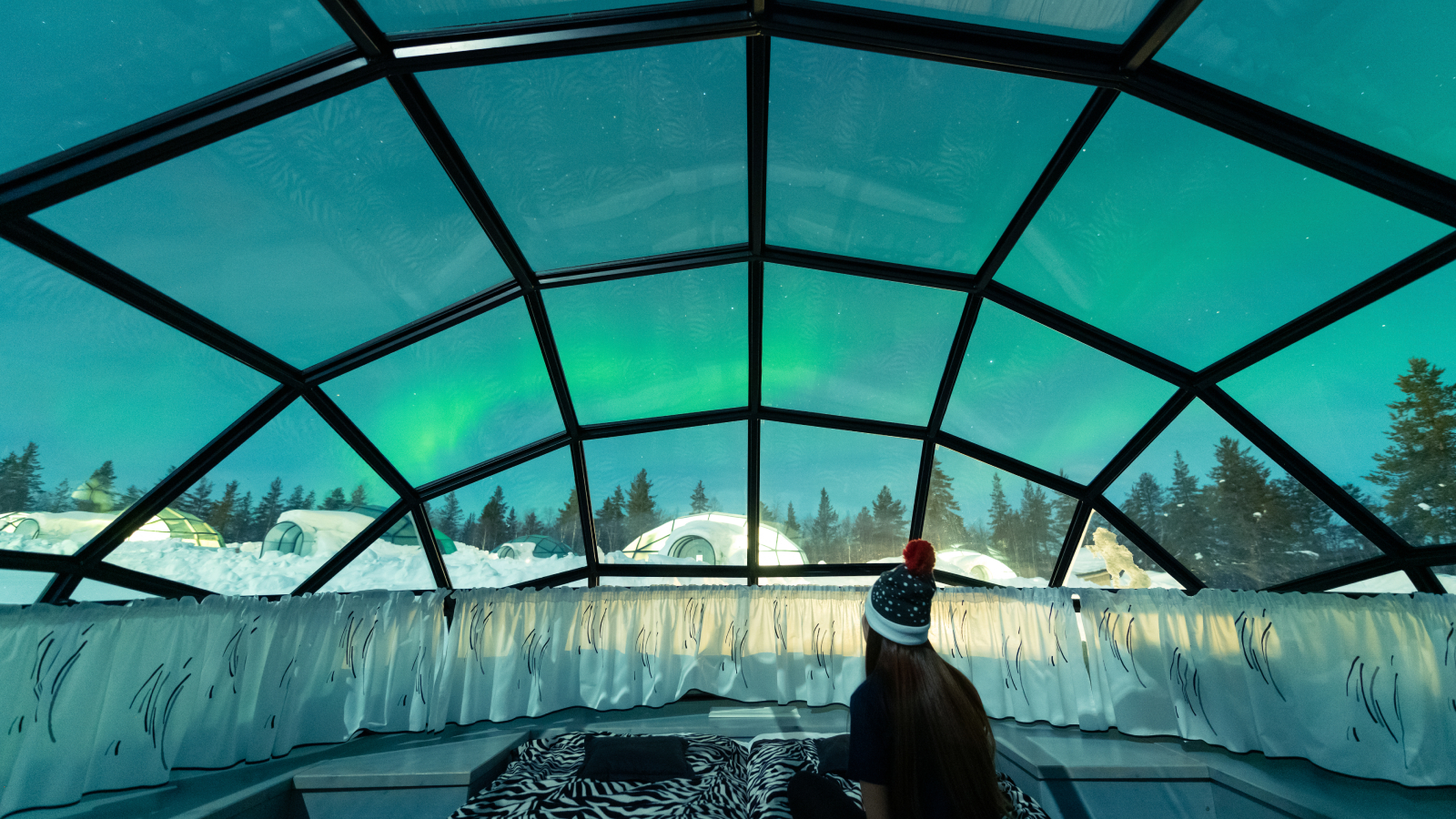
Finnish Lapland is a prime spot for viewing the Lights - in fact, the region is said to experience the natural wonder for around 200 nights a year. Like Swedish Lapland, Finnish Lapland is almost in complete darkness during the winter months, meaning there's all the more chance of seeing the Aurora. Utsjoki, bordering Norway in the far north of Finland, is a popular spot for those wishing the experience the Lights. This rural destination is home to the largest Wilderness Areas in Finland with vast open spaces that give the Lights the full attention they deserve.
Finland's most immersive accommodation is the glass-ceiling igloos that are dotted in the snowy fields of the Finnish wilderness. See the Northern Lights from the comfort of your bed at Kakslauttanen Arctic Resort, where the glass igloo rooms offer amazing sky views. Stretch out in your very own glass-roofed pod and let the Lights entertain you: it's by far the coziest way to see this natural phenomenon. If you feel like braving the cold, the hotel offers the chance to see the Lights after dark on quad bikes, by horseback, or snuggled up under blankets on a romantic horse-drawn carriage ride.
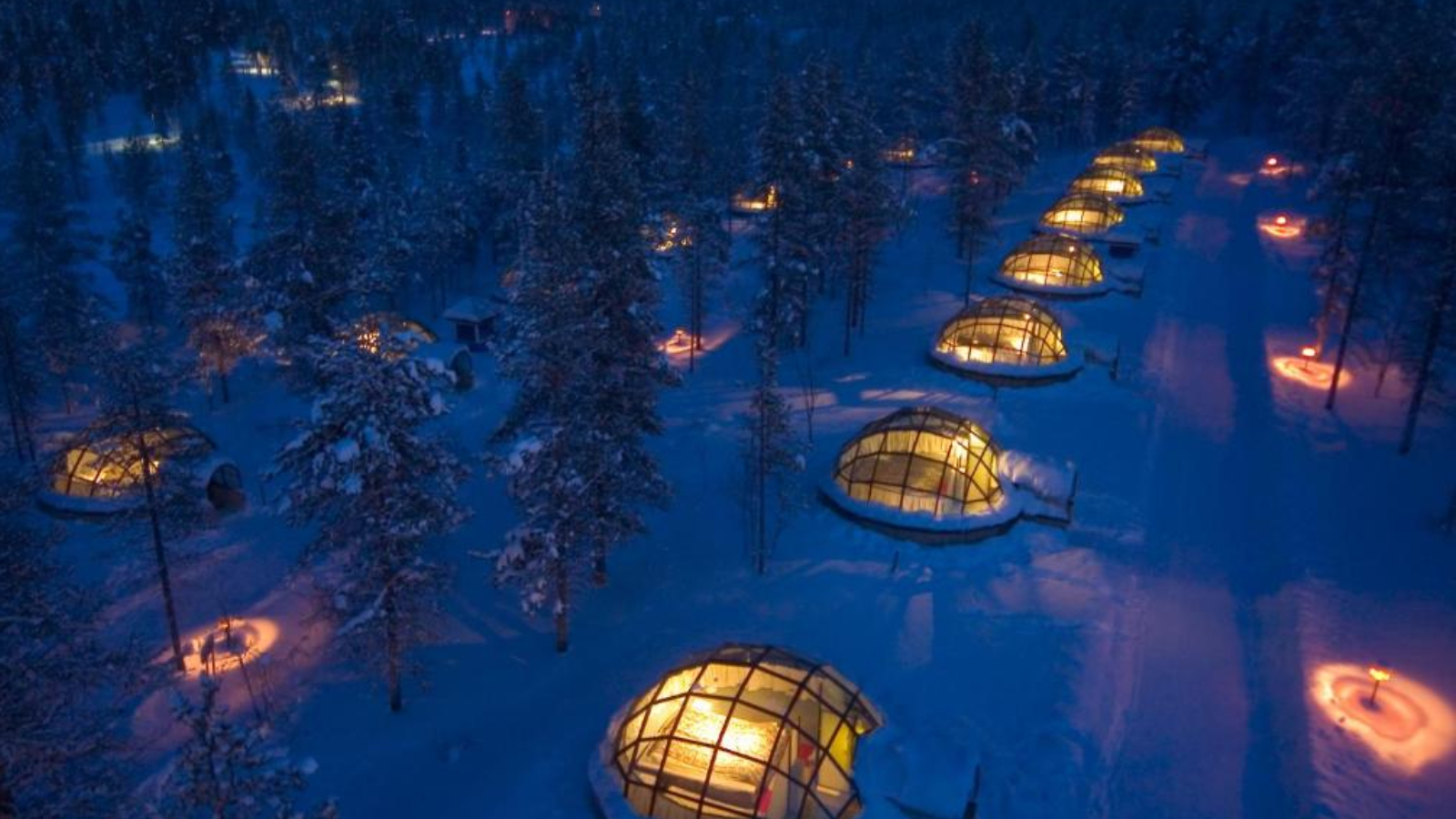
There's a wealth of experiences and tours available in Finland, with a highlight being The Finnish Wilderness Adventure, which takes place in the heart of Oulanka National Park, with its base camp being a self-sustained complex of wooden buildings. In this sparsely-populated area, visitors can enjoy a range of exciting activities including cross-country skiing to Juuma Lake, sledging through scenic forests, as well as an evening spent looking out for the Lights. Prices from approx $2,788/£2,499 per person including accommodation and UK flights.
Best time of year to visit Finland to see the Northern Lights: The winter months between December and February are the best months to see the Lights due to clearer skies.
Top tip: Dress in layers! Lapland is the coldest region in Finland and the average high temperature is only 5°C, so watching the lights outside can be a chilly affair. Inside with the roaring fire, you'll soon warm up, so it's useful to wear plenty of layers so you can adjust insulation accordingly.
6. Northern Canada
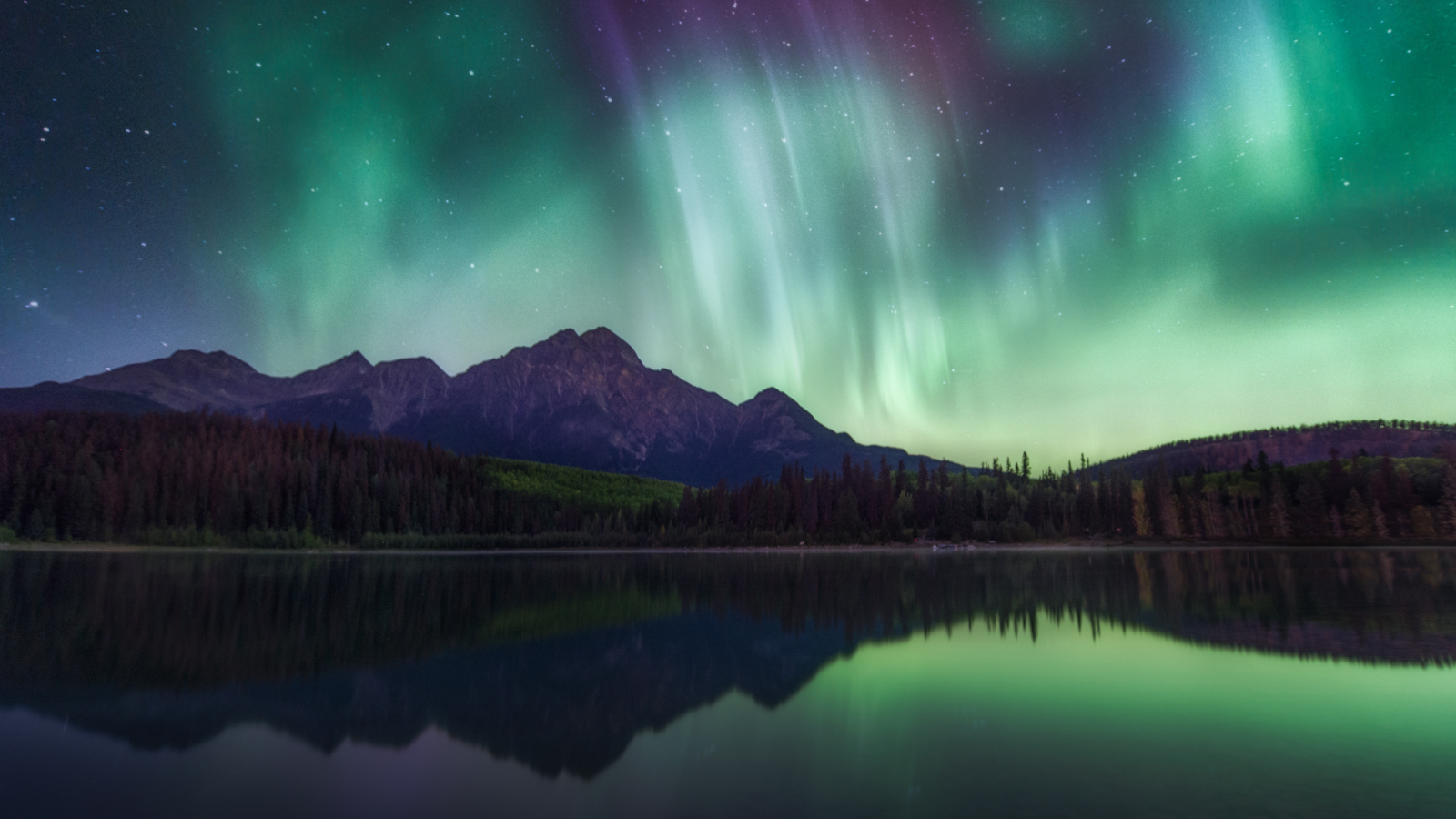
Most of Northern Canada falls into the Aurora Zone, so it's a fantastic place to try and see the Northern Lights. Yellowknife in the northwest is known as the Aurora Capital of North America and lies just below the Aurora Oval, a few hour's drive away from Blachford Lodge airport. Aurora Village in Yellowknife boasts the iconic teepees where travelers can sleep beneath the stars beside the fire, in prime position should the Lights fill the sky.
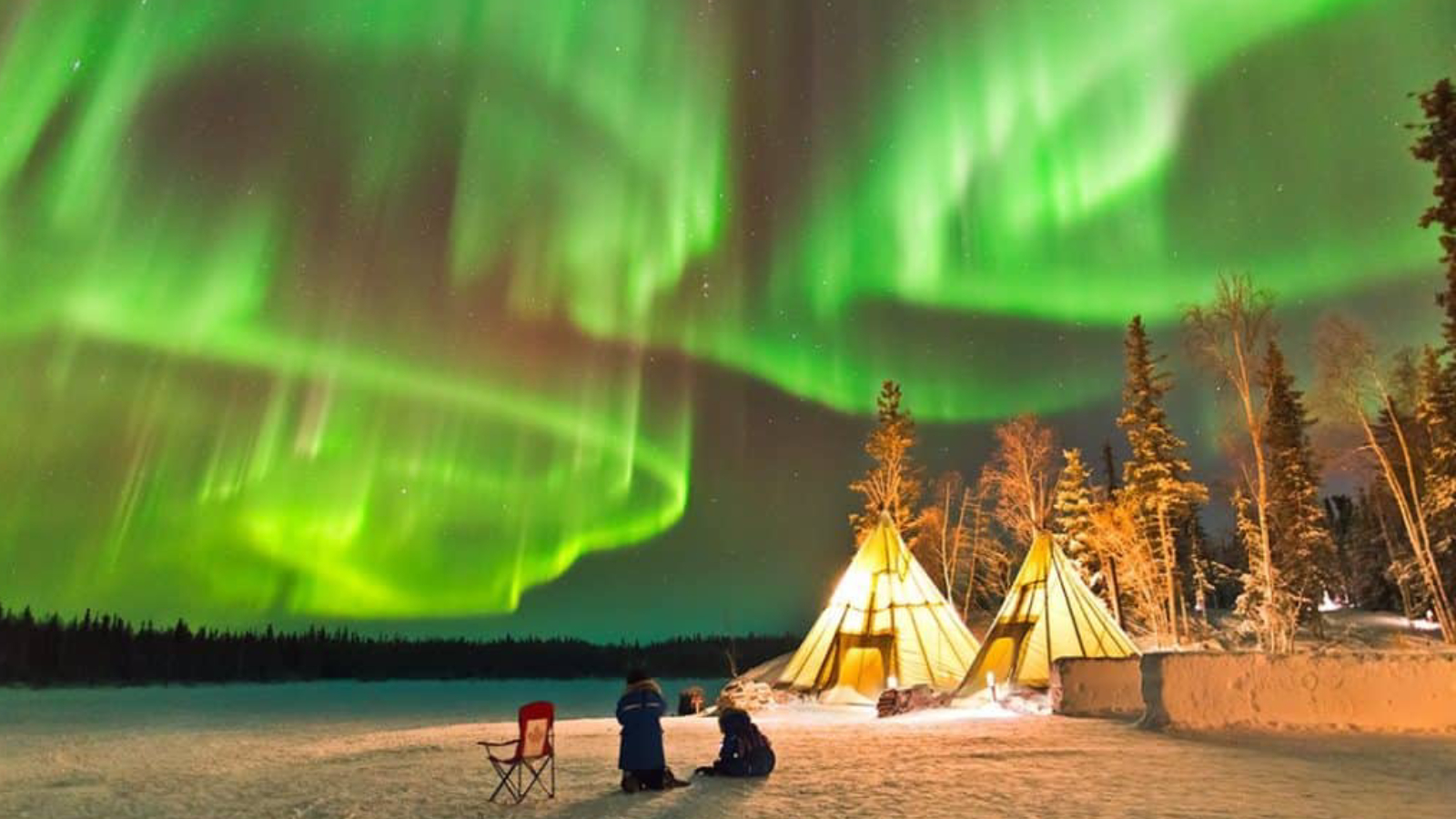
There's another big attraction aside from the Aurora Borealis in Northern Canada - the chance to see polar bears. Tundra Buggy Lodge in Churchill, northern Manitoba, boasts two amazing experiences in one; it's located right in the middle of polar bear viewing territory and has fantastic views of the Northern Lights should they appear, too.
The cozy lodge is actually a converted all-terrain vehicle, which means it's tough (and warm) enough to withstand one of the harshest landscapes on earth. The huge windows allow for up-close encounters with the polar bears by day or night, and daily excursions will whisk you into the wild for more bear-watching, husky sledging, and even picnics on the ice. This is a really isolated spot so light pollution is minimal - meaning unforgettable Aurora views aplenty.
Northern Lights tours in Canada are of epic proportions, with a highlight being the eight-night Northern Lights and Winter Sights Adventure from Frontier Canada, which costs approximately $4,075/£3,650pp (for two people sharing), which includes flights, accommodation, all meals, most activities and transfers. The base for this tour is a stunning lodge, where you can view the Lights from the deck - or the hot tub - with a wake-up service that will ensure you don't sleep through should the moment arise. Optional extras include dog sledge rides, snowmobile rentals, and guided tours.
Best time of year to visit Canada to see the Northern Lights: There are two prime seasons for seeing the Aurora in Northern Canada. You are more likely to see the Lights in Canada from December until March, and then from August until October.
Top tip: Canada has a number of apps to help you catch a glimpse of the Lights. Before your trip, download an Aurora viewing app such as My Aurora Forecast or Aurora Forecast.
What causes the Northern Lights?
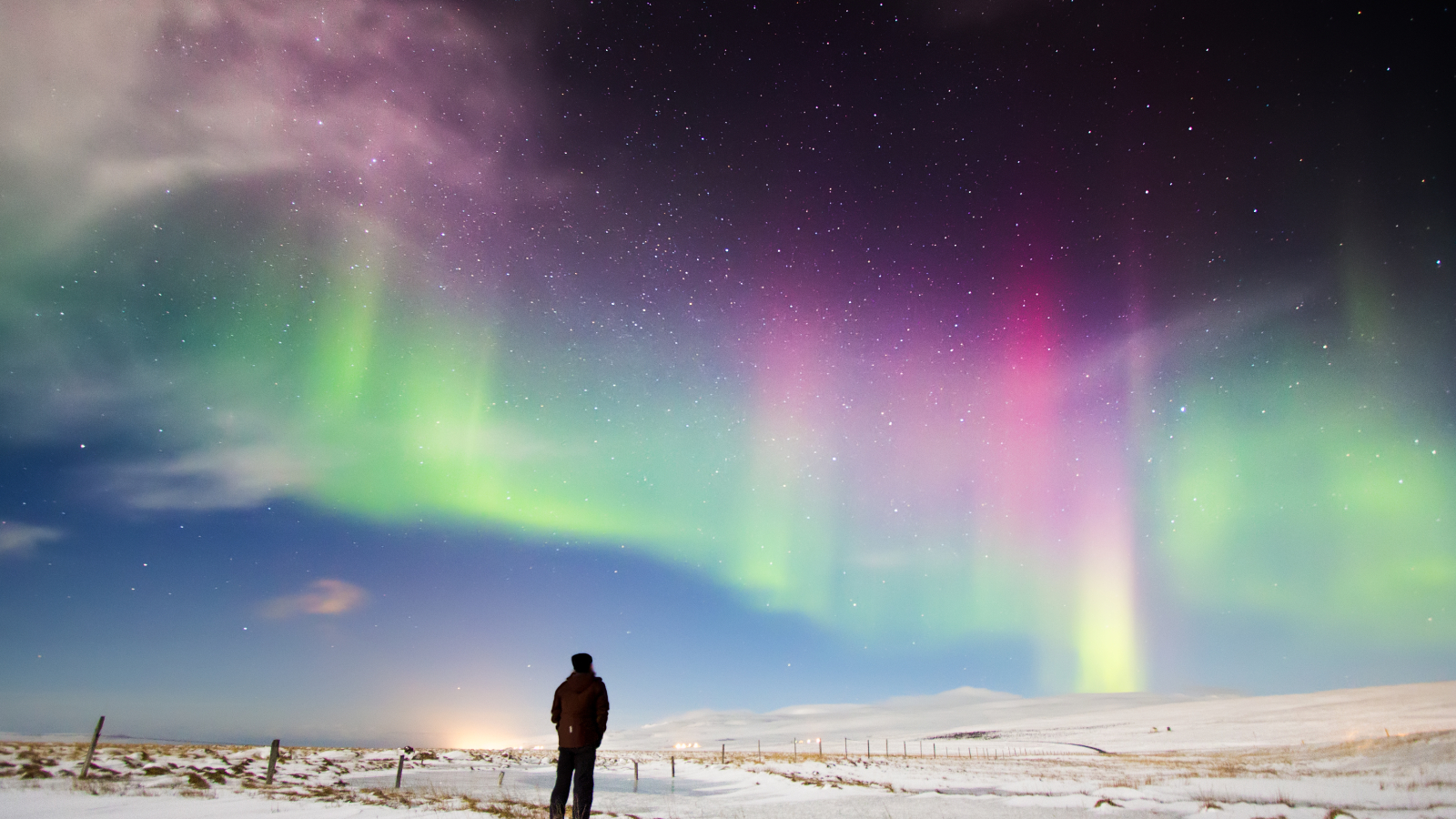
The scientific reason behind why the Northern Lights occur is somewhat less magical than their other-worldly appearance.
"The Northern Lights is the outcome of the sun ejecting charged particles into the atmosphere to create the appearance of colorful lights across the sky," Robert Sheldon, Northern Lights expert explains. Sheldon is the owner of Sheldon Chalet in Alaska, which is one of the most coveted destinations to see the Aurora in the world thanks to its remote location, high altitude, and little light pollution.
"While activity usually picks up a few hours after sunset, the sun ejects charged particles nearly continuously and can actually bombard our atmosphere any time of the day - including during daylight. When the Lights occur, the sun's particles interact in the atmosphere with gasses, which create green, blue, purple, red, and even white light in unbelievable designs. We just don't see them during daylight because bright sunlight overcomes this."
Tips for seeing the Northern Lights
Robert Sheldon offers his advice on how to prepare for watching The Northern Lights:
- Plan ahead: Watch the forecast days in advance to see how the 27-day solar cycle is progressing, as well as keep an eye out for any new large sun events, which usually then take 72 hours to reach Earth. It's also worth avoiding nights when there's a full moon, as this will hinder your chances of seeing the Aurora.
- Download an app: To minimize your time exposed outside there are many apps that will track BZ [the solar wind's magnetic orientation]. This normally must be negative to see the Lights, as well as other atmospheric conditions.
- Check the weather: Fog, low clouds, and other visibility complications will mean you won't get to see the Lights.
- Go outside: If not at elevation, being outside is usually optimal to see waves progress across the sky.
- Wear the right clothing: Select warm gear for periods of standing or sitting outside.
- Stay hydrated: Particularly if you'll be out in the cold for a long period of time.
- Be well rested: If possible, make sure to have an afternoon nap or a prior good night's sleep.
Lauren is the former Deputy Digital Editor at woman&home and became a journalist mainly because she enjoys being nosy. With a background in features journalism, Lauren worked on the woman&home brand for four years before going freelance. Before woman&home Lauren worked across a variety of women's lifestyle titles, including GoodTo, Woman's Own, and Woman magazine.
-
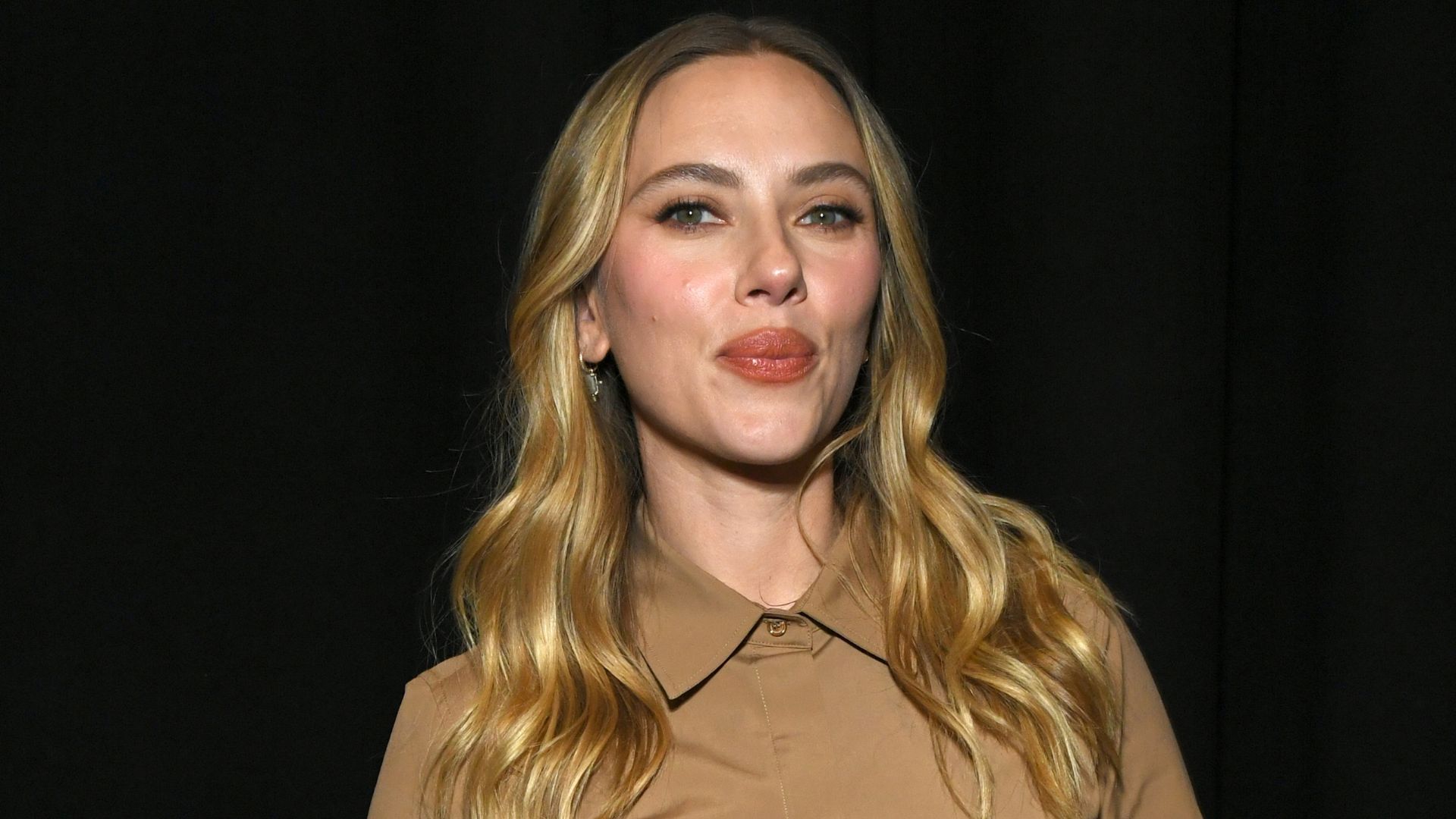 Scarlett Johansson's fisherman sandals are the only shoes that matter this spring
Scarlett Johansson's fisherman sandals are the only shoes that matter this springShe wore socks and sandals in the chicest way possible
By Caroline Parr Published
-
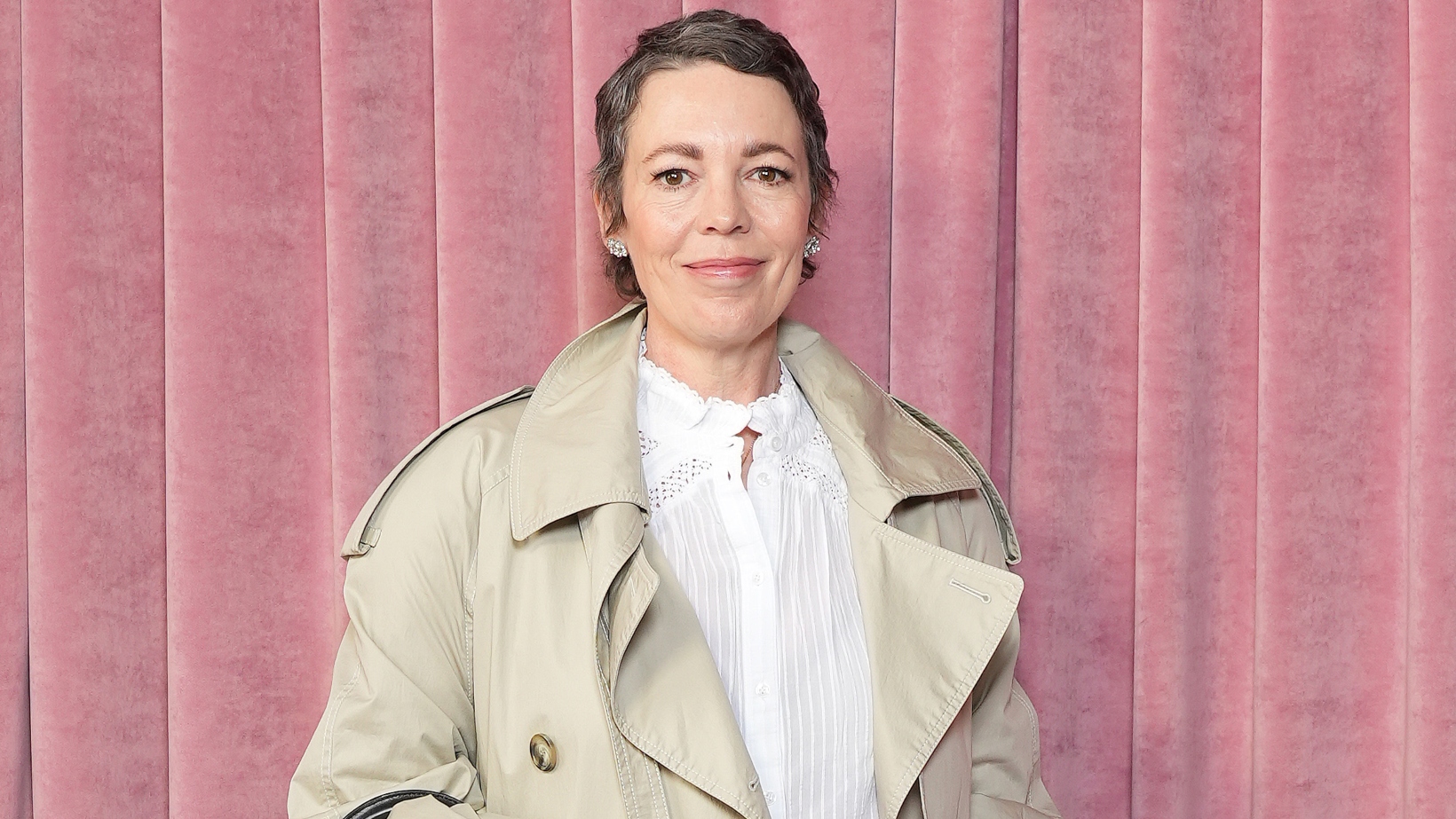 Yes, a trench coat really is a spring essential - Olivia Colman’s longline one completes a jeans and white top outfit in style
Yes, a trench coat really is a spring essential - Olivia Colman’s longline one completes a jeans and white top outfit in styleRegardless of how you style a trench coat, we’re convinced that they’re something everyone should have in their wardrobe for spring.
By Emma Shacklock Published